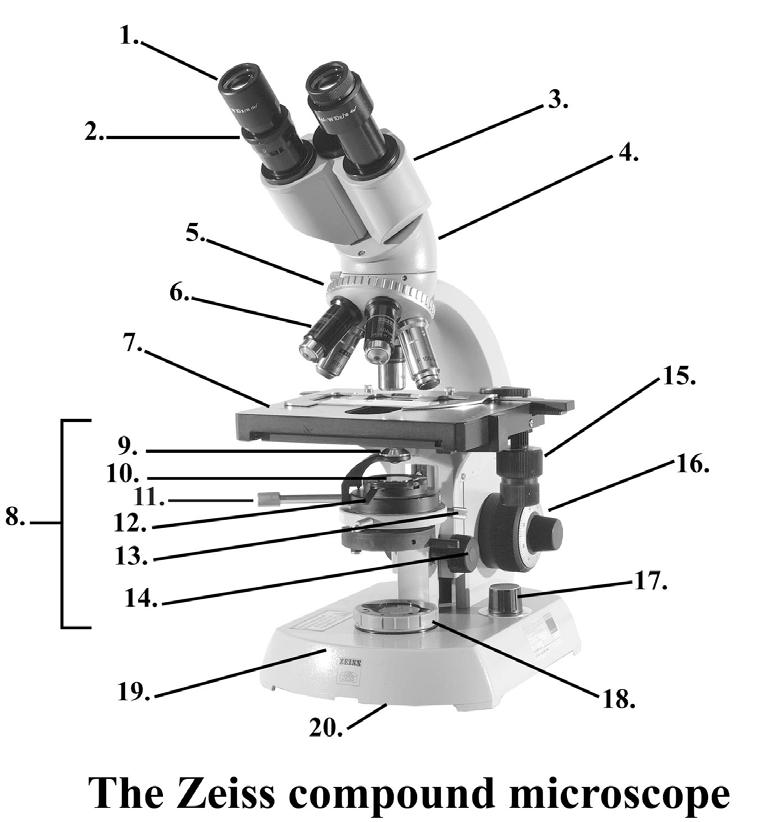Biology Laboratory Techniques Assessment: Focus on Microscopy and Experimental Design
2.
You may optionally provide this to label your report, leaderboard, or certificate.
×
Thank you for your feedback!
















